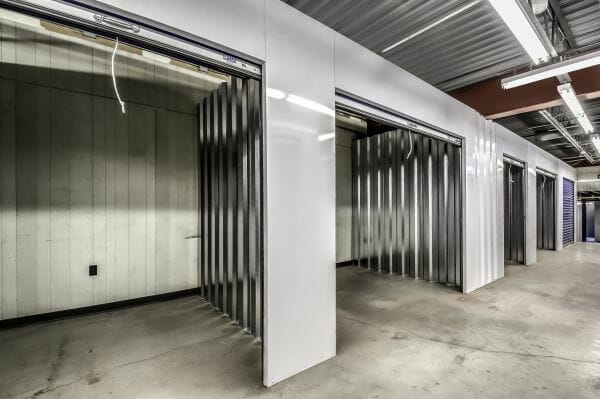Negative Effects of Mold on Durable Goods

Mold is bad for your health and it’s bad for your home, but did you know that mold is also bad for durable household goods? Many a couch, electrical appliance, antique bedframe, and beautiful heirloom rugs have been destroyed because of mold. But what exactly is happening that leaves your stored goods ruined?
Wood and Even Metal Furniture Can Be Ruined
One of the biggest negative effects of mold is that it can damage the integrity of your wood and metal furniture. Although metal furniture is usually resistant to mold growth, some molds can feed on paint. Dusty metal also supports mold growth. Once mold has taken root, it can cause paint to pit and eventually flake. Mold growing in dust can cause metals to tarnish and rust.
Major negative effects of mold can be seen on wood furniture. Because wood is an organic material, mold readily grows on it. Wood furniture can be easily penetrated by mold. Wood attacked by mold becomes structurally weak as the mold works its way into it. Wood can become unrestorable in a surprisingly short time.

Upholstery and Linens Could be Damaged
One of the many negative effects of mold on durable goods is that mold can permeate through all types of upholstery. Whether the item is a modern chair, an antique rug, a vintage sofa, or a handmade blanket from the 19th century, mold can and will ruin these items if storage conditions are not properly controlled.
Once these materials have been permeated by mold, it is nearly impossible, and always quite expensive, to save them. Mold gets deep into the pores of these organic materials, like silk or linen and can infest the entire piece. And if a customer happens to bring a moldy item home, mold spores and mold will spread to other items. The damage could be catastrophic—and a catastrophic expense.
How to Prevent Mold On Durable Goods
Whether the durable goods in question are antique appliances or heirloom dining sets, preventing mold from growing on stored items should be a top priority for durable goods storage.
Mold prevention starts with keeping the relative humidity level in the storage facility under 60%. Humidity levels above 60% are breeding grounds for all types of mold and mildew. The best way to regulate relative humidity in a storage facility is to use a dehumidifier integrated into the HVAC system. This will ensure that temperature and humidity are consistent and optimized for mold prevention.
Learn more about dehumidification and mold prevention from the team at Quest.
Published on Aug 11 2017
Last Updated on Apr 10 2024
Categories: HVAC Systems
Tags: humidity level, infest, mold, stored goods
